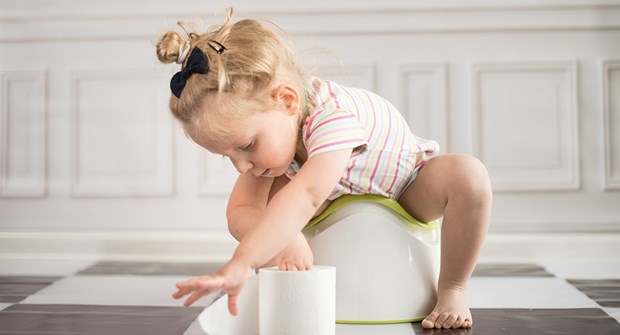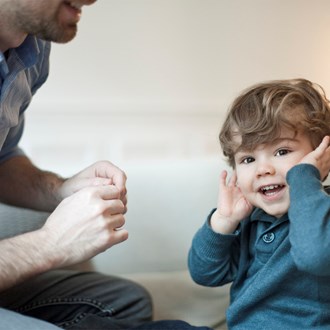9 Tips For Toilet Training

There are many ways to make this milestone easier.
By Practical Parenting
December 02 2016
With the warmer weather approaching, parents will be turning their thoughts to toilet training.
It’s often one of the most fraught and time-consuming stages of toddlerhood, but there are many ways to make it easier. I’ve always thought leaving it until you’re certain your kids are ready is good advice, but here are some tips from Therapies for Kids founder Debbie Evans.
SUPPORT YOUR CHILD
The ideal age to start is between two to three years old. Dress them in pants that are easy to pull on and off and recognise the two stages – first to the potty, then second onto the toilet. Give encouragement, even if there’s a setback.
ENCOURAGE COMMUNICATION
Instead of expecting your child to tell you when they need to go, keep asking.
PRAISE
Even if they don’t fully succeed, praise the part they were able to do, says Debbie. She suggests using reward charts, verbal praise or stickers.
VERBALISE AND SHOW THEM
Don’t just tell your kids what to do, show them – whether that’s pulling their pants up and down or washing their hands.
USE PICTURES
‘Pictures may make it easier for kids to understand the process of going to the toilet and the order of actions they need to follow while they’re doing the routine,’ Debbie says.
ROLE PLAY
Dolls, teddies and bears all need to learn how to go to the toilet. By role playing with them, you’re teaching kids that everyone needs to go to the toilet.
TIMING IS KEY
Giving kids a large drink of water before they go to the toilet can help the process. Debbie reminds us of an important point – you should have enough time to devote to your child during toilet training. She suggests chatting or reading a book until they wee.
ON THE MOVE
Debbie says to gradually start moving the potty closer to the toilet. Get them to practise sitting on the ‘big potty’. It’ll also be necessary to buy a step and a smaller seat to fit into the existing toilet seat.
EXTRA HELP
If your child has gross motor difficulties, think about a lower toilet or a handrail for them to hold on to.
This article originally appeared on New Idea.






